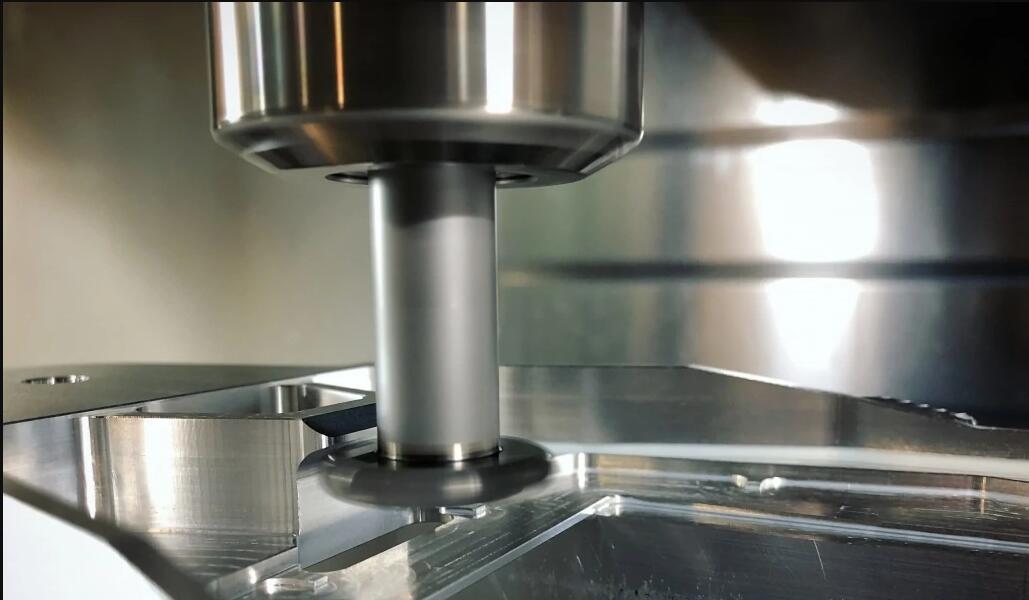CNC machining technology is widely used across various industries, providing high-precision solutions for complex geometries. However, as industry demands continue to evolve, CNC machining faces numerous challenges, including machining accuracy, efficiency, and material limitations. To address these issues, several innovative approaches have emerged in recent years, significantly enhancing the performance and sustainability of CNC machining.
1. Advanced Tooling Technology and Materials
- Innovations in modern cutting tool materials have greatly improved the efficiency and lifespan of CNC machining. For instance, coated tools (such as TiN and TiAlN) can effectively reduce cutting forces and heat buildup, thereby enhancing tool wear resistance and longevity.
- The application of high-performance materials, such as carbon fiber composites and titanium alloys, has driven the development of CNC machining technologies. These materials place higher demands on precision machining techniques, fostering the research and development of advanced tool materials and new machining technologies.
- Additionally, ultra-hard material tools (such as PCD and CBN) have been used for machining hard and brittle materials, reducing wear during the process and improving precision.
2. Automation and Smart Manufacturing
- The application of automation systems and intelligent software has increased the production efficiency of CNC machining. For example, devices integrated with the Internet of Things (IoT) can monitor machining conditions in real-time, quickly detect and adjust machining parameters, ensuring stable machining accuracy.
- Collaborative robot automation systems with CNC equipment have created more efficient production lines, reducing the need for manual intervention.
- Integration of MES (Manufacturing Execution Systems) with CNC equipment has improved production efficiency and product quality consistency. The MES system provides precise data support by monitoring the production process in real-time, helping managers make quick decisions.
- Data collection and analysis help identify production bottlenecks, adjust production plans in a timely manner, reduce downtime, and improve overall production efficiency.
- The widespread application of artificial intelligence and machine learning allows real-time monitoring of machine tool status, tool wear, and machining environments, automatically optimizing machining parameters while predicting potential failures and maintenance needs.
3. Additive Manufacturing and CNC Integration
The combination of additive manufacturing (3D printing) technology and CNC machining has opened up new possibilities for production. Through additive manufacturing, manufacturers can quickly create complex preliminary shapes, which can then be refined using CNC machining. This approach significantly reduces material waste, improves manufacturing precision, and shortens production time.

4. Advanced Cutting Strategies
- With the development of high-performance computing and CNC software, more advanced cutting strategies are being applied to CNC machining. For example, high-speed machining (HSM) techniques enable faster processing without compromising machining quality. More precise path planning algorithms reduce non-cutting time, improving production efficiency.
- The use of precision tools such as pullers, fly cutters, and slot cutters allows the creation of complex shapes and smooth surfaces, which are crucial for precision.
- Tool selection and accuracy maintenance address the impact of material compatibility, tool lifespan, surface treatment, and tool geometry on precision.
5. Virtual Simulation and Digital Twin
Virtual simulation technology and Digital Twin technology provide deeper analysis and forecasting of CNC machining processes. Through virtual simulation, engineers can model the entire process before machining begins, identifying potential bottlenecks or issues to avoid errors during actual machining. Digital Twin, through real-time data feedback and virtual model analysis, optimizes the performance and reliability of the production line.
6. Green Manufacturing and Sustainability
With the growing emphasis on environmental protection, the CNC machining industry is actively transitioning toward green manufacturing. Innovative cooling technologies (such as mist cooling) reduce the use of traditional cutting fluids, lowering environmental pollution. Additionally, the use of recyclable materials and energy-efficient equipment reduces energy consumption and waste generation, improving overall production sustainability.
Conclusion
Innovative technologies are continually driving the development of CNC machining, overcoming many challenges that traditional techniques could not address. From advancements in tool materials to the application of smart automation systems, CNC machining has not only improved production efficiency and machining quality but is also moving toward greener manufacturing and sustainability. In the future, as technology matures further, CNC machining will demonstrate greater potential across more fields. These innovative approaches not only enhance the efficiency and precision of CNC machining but also promote the development of smart manufacturing, meeting the demands for high precision and complex components in modern manufacturing industries.



